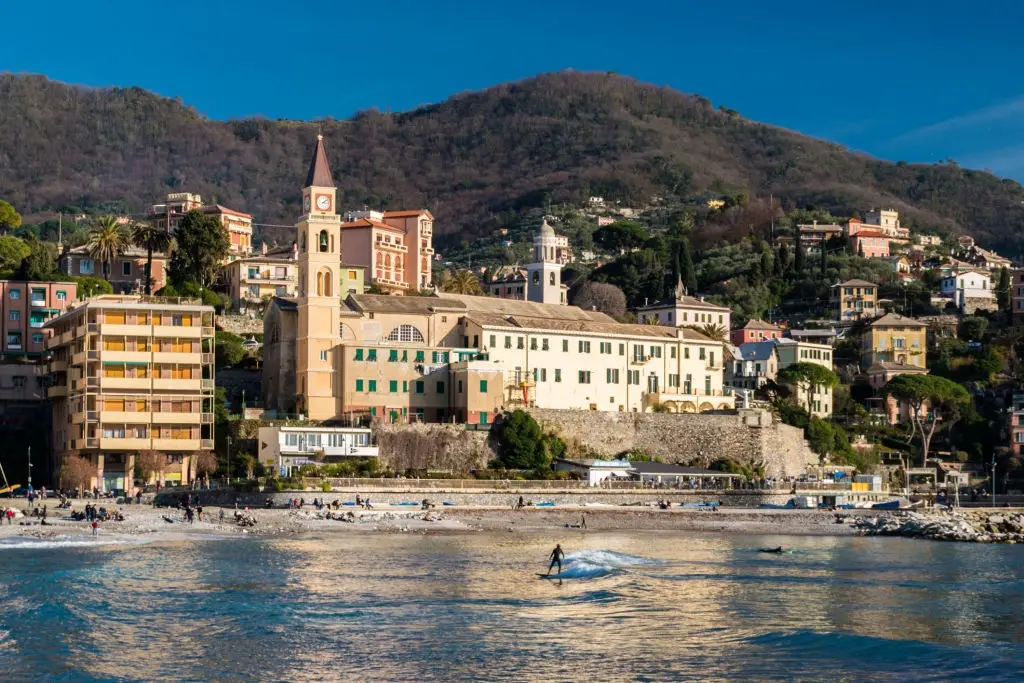Focaccia di Recco with cheese is one of the most appreciated bakery products of northern Italy. Every year it attracts tourists from all over the territory, among the beauties of Ligurian coasts, all ready to taste such a good and tasty product.
It is a dough made of soft wheat flour, extra virgin olive oil, water and salt. It is an unleavened baked product which is processed in thin sheets which are stuffed with fresh cow cheese. The production area is located in the Levante Ligure region, exactly in the municipalities of Recco, Camogli, Sori and Avegno.

History tells that Focaccia di Recco dates back to the time of the Saracen invasions. Because of the siege on the coasts, the population had to take refuge on the mountains. The only raw materials they had at their disposal were oil, cheese and flour. Thus, they invented this preparation capable of satisfying the whole family.
Towards the end of 1800, the restaurateurs and bakers of Recco, gave a new face to this product, bringing it to the fore and making it known throughout the world. It is baked early in the morning, for a rich and substantial breakfast, but it is also served in many local restaurants.
Its success has made some local merchants start producing a frozen version, in order to give the possibility to those who do not live in the region to buy it at the supermarket. There are many variants, but the most famous are those with ham and pesto.
Discover all the traditional regional Focaccia recipes here.
Work the Recco focaccia dough in a planetary mixer, mixing the flour, water, salt and oil in this order, for about 10 minutes.
Let the dough rest for about 20 minutes, covered.
Divide into two loaves, one for the base and one for the top, and let rest in the refrigerator for an hour.
Roll out with a rolling pin into very thin sheets and place in a 30x 40cm baking pan.
Arrange the shredded cheese and sprinkle with the oil.
Cover with the remaining sheet and prick the surface.
Brush with oil and bake for 8 minutes at 250°.
You can customize the recipe by adding prosciutto or pesto to the filling.